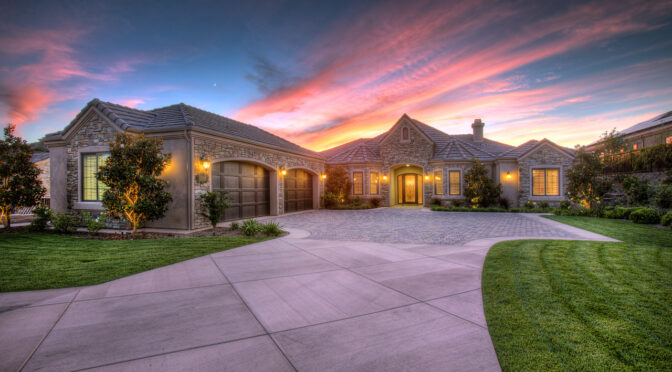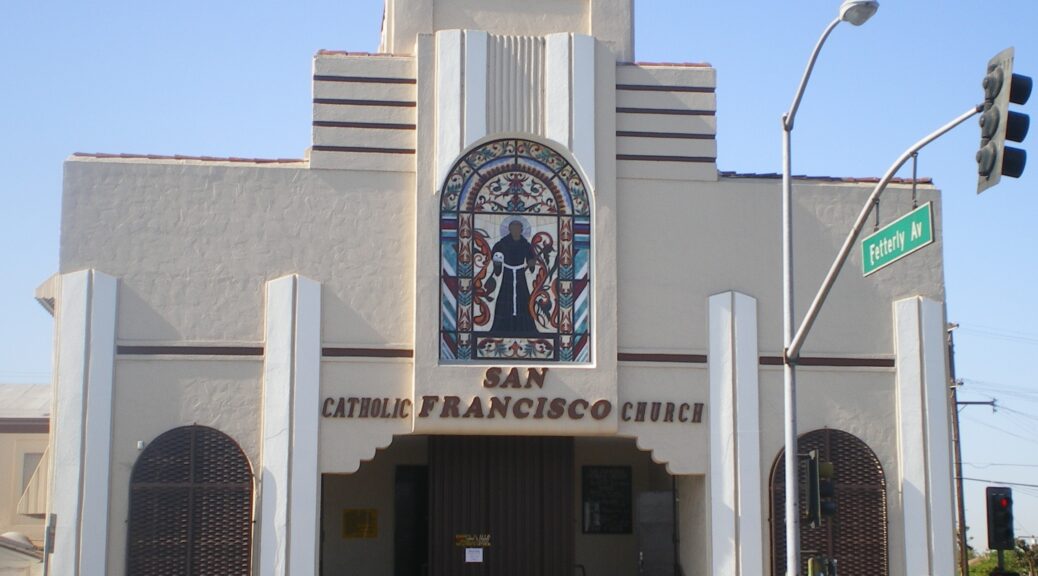This collection of buildings was where I went to middle school in San Diego. For me, I remember always making jokes with our friends about how the school buildings looked like a jail because there were so few windows. The windows in the classroom that I do remember were always shut with the shades down, so there was hardly any natural light coming through. My middle school was completely outdoors, meaning the access to each classroom was a door leading to open air. It could be a combination of the memories shared here and the buildings themselves being dark with little windows, but this is definitely a place that is associated with bad memories. My friends still joke about the buildings in this school looking like the students are held captive inside. The picture definitely makes the school look a lot nicer than I remember it being.
Category Archives: Uncategorized
15444 Artesian Spring Rd
This house has been home to me for the last ten years. My parents built it from just a simple lot up to where it is now and my dad is the one that keeps the landscaping so nice. I’ve seen every detail of this house get picked from scratch AND get to experience all the memories in this house. It has had such a positive impact on me because I’ve spent so many of my developmental years here and started a whole different chapter of my life from where I lived before. Overall, I think my favorite part about this house would either be the front door design or the light fixture in my bedroom. Both just look so creative and something that I feel like you don’t see too often in homes.
Church of God The Merciful Father (Rome)

The Jubilee Church, or the Church of the Merciful Father, is an ultra-modernist Catholic Church located on the outskirts of Rome. Designed by Richard Meier, the church was designed to look like a ship and is itself divided into four distinct parts: the precinct, the terrace, the court, and the parking area. The church was originally requested to celebrate Jubilee 2000; the three sails that fly over the nave seen in the photo above actually represent the Holy Trinity.
Although the church is a modern reimagining of the more traditional buildings found in Rome, Richard Meier closely followed the classical religious construction framework and utilized a gothic concept for the height of the church with its facade and belfry on one side of the building. The five bells in the church are dedicated to Europe, America, Africa, Oceania, and Asia. Finally, the church itself is the highlight of Rome’s attempt to introduce a modern suburb area to the outskirts of the city.
I found this building to be a refreshing take on classical buildings located in Rome. I was definitely not expecting such a modern take, and I find the building to be very visually appealing.

San Francisco Catholic Church
Located on the corner of Fettery and Olympic Blvd in East Los Angles; the San Francisco Catholic Church isn’t an awe inspiring building, but it does have a place in my heart. I was baptized and did my first communion at this local church. I would arrive early to enjoy a steaming hot tamale filled with silky chile rojo and large chunks of puerco. The aroma of canela and piloncillo would fill the air when they served champurrado.
As a child I spent my weekend learning about and understanding my faith. I would often complain about wanting to stay home and watch Saturday morning cartoons, but in hind sight the values I learned help me to be the humble person I am. To this day I still remember the prayers and hymns I learned in Spanish. Every time I attend mass in english, my mind transports itself to that small church that I grew up in.
Chapel of the Holy Cross
Nestled in the red rocks at the southern escarpment of the Colorado Plateau, the Chapel of the Holy Cross breaks the monotony of Sedonas cookie-cutter southwest style architecture. In the Summer of 2010, I spent a month with my family in Arizona. In addition to visiting Lake Havasu and the Grand Canyon, I worked with my uncle delivering one of a kind pieces of furniture. Our delivery would take us across the state, but my visit to Sedona was the most memorable. The simplicity and minimalism of both the exterior and interior were extremely profound. The large pane windows and stoic cross shuts outside interference. Its lack of gaudy ornaments and iconography leaves one at peace with their creator.
Masjed-e Jame of Isfahan
Isfahan is the third-largest city in the Islamic Republic of Iran. While smaller than the capital city of Tehran, Isfahan is home to approximately 2 million people and a hub for Iranian commercial and military industry. At the heart of this ancient city sits the Great Mosque of Isfahan (Masjed-e Jame of Isfahan). This Mosque is unique for its pioneering of the four-iwan layout. Building upon the traditional hypostyle design, the four-iwan design kept the courtyard as a centerpiece and the maze of vertical columns but expanded it from a single structure to a chain of 4 surrounding the courtyard. This factor I believe is critical to the importance of structure but also why it is influential to me. Its sheer size and many gates have made this mosque a hub beyond daily prayer.
I believe much of the large structures we see in daily life are often “unitaskers”, dedicated to the gods of consumerism. The landscape is littered with temples hosting brand deities, ministries of administrative and bureaucratical affairs, and the cluster of tightly packed monastic cells for the worshipers of this strange little cult. This lack of interconnectivity creates insipid spaces with no existential value. The Great Mosque of Isfahan on the other hand serves as a community centerpiece, drawing in its masses for prayer but also interconnecting the various ends of this city. The role as both a religious haven and communal exchange is the greatest significance of this structure.
Setting aside its cultural importance, the mosques elaborate muqarnas vaulted above each of Isfahan 4 large gates is a breath-taking sight. Typically, small honeycombs, the muqarnas combs in Isfahan are larger than those normally found in the breadth of Islamic work. The majesty of the blue turquoise and the hints of creamy beige captivate and bring to life each of the iwan gates. Connecting these gates is a two-story arcade of ogival arches, almost masquerading as windows allowing onlookers to peer into the soul of the structure; without stepping foot in its sacred halls.
OKC Temple
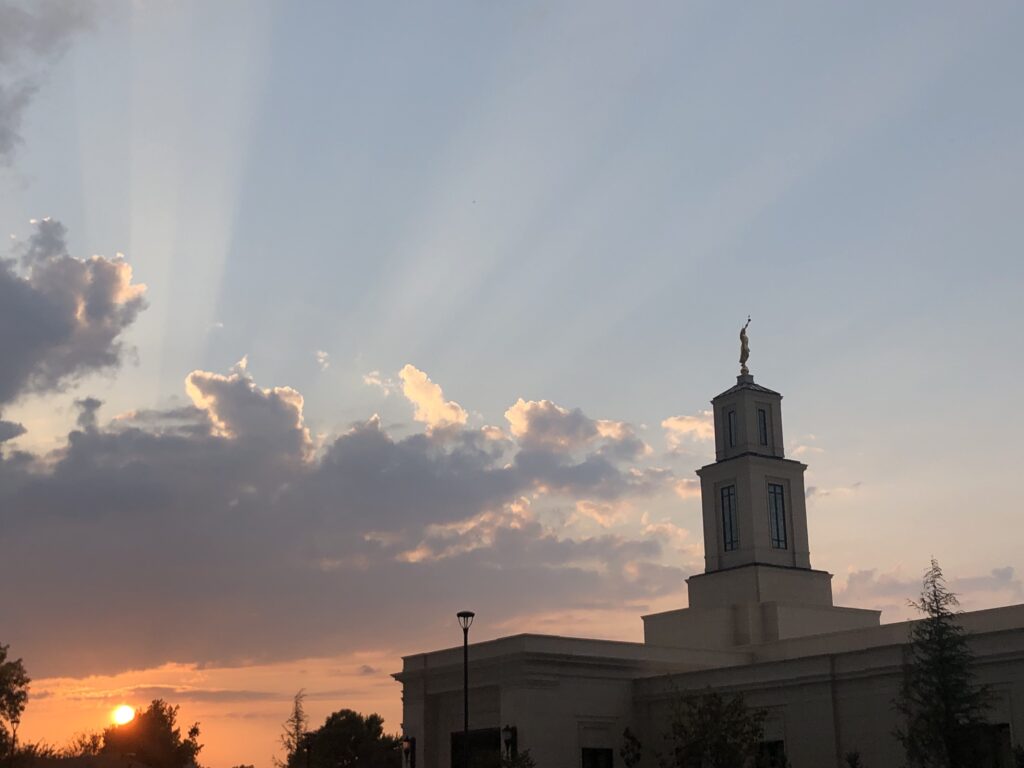
Most people can recognize the Salt Lake Temple of the Church of Jesus Christ of Latter-day Saints, but I don’t think quite as many would be able to recognize the Oklahoma City Oklahoma Temple. Most people probably don’t even know it’s here. I love this building because of the purpose it serves but also because of the tender love and attention to detail in the design. In my church, temples are a very important part of our beliefs and they bring me a lot of peace in my life. There are nearly 200 functioning temples all over the world with many more under construction or soon to be. Each temple design uses cultural and environmental influences from the area it is built. The OKC Temple has murals of the rolling Wichita Mountains and our state wildflower, the Indian blanket flower, and used as details in gold railings and stained glass. I would love the temple even without the ornamentation but I have a special appreciation for the simple details that were included.
Brunelleschi’s Dome
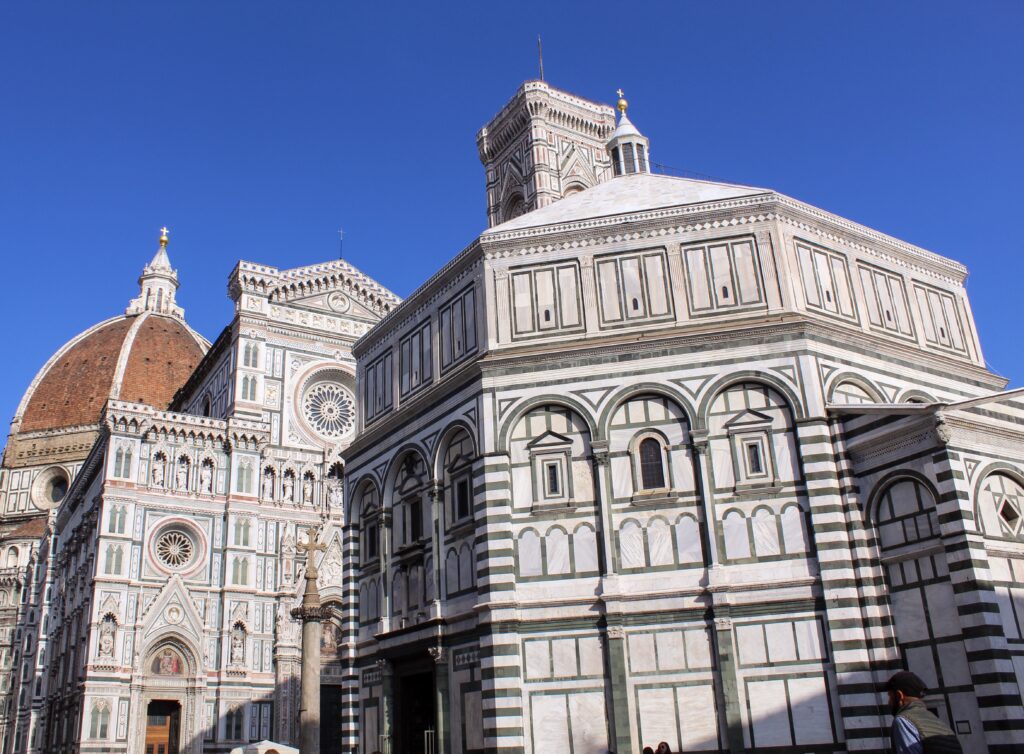
Formally known as Cattedrale di Santa Maria del Fiore, casually known as Brunelleschi’s Dome, and maybe better known to Americans as “the big church in Florence,” this cathedral stands tall in Tuscany. I had the opportunity to climb all of the stairs to the top of the dome while studying at OU Arezzo. I don’t understand much about engineering or how this dome stands and has stood the test of time, but I do understand the true magnificence of such an extraordinary and unmistakable piece of art. The inside is even more detailed and striking than the outside. All I could think of when I was there was what a wonderful thing it is that artists and architectures passed down their work to the next generations to complete and for others to enjoy for centuries to come. This breathtaking building is one of my favorites in the world.
French Barn
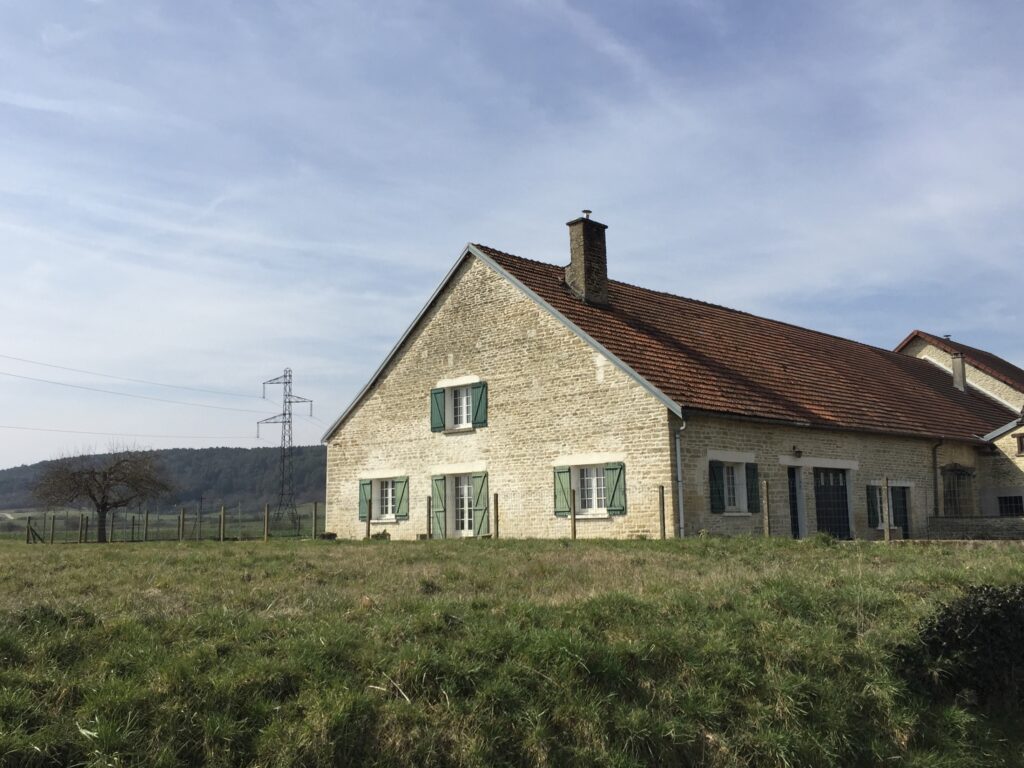
This quaint building sits in the countryside in the Haute-Marne region of northeastern France. It previously served as a barn and then was converted to store coal and other supplies necessary to keep the farm running. I visited here on a field trip while I was studying at my high school’s sister school in Chaumont, France. The current owners of property have cleaned and fixed it up and rent it out for weddings and events now but also use it to showcase different cultural practices of the region. When I visited, I wasn’t fluent in French yet and I missed a lot of what they said but this region is known for some flowers that grow there and they showed us how to make homemade boutonnieres. They had fake flowers for us to use so we could take them home to the states with us. This is such a random building and an equally random event and memory but I will never forget this charming, picturesque little barn that could tell so many stories.
320 South Boston Building

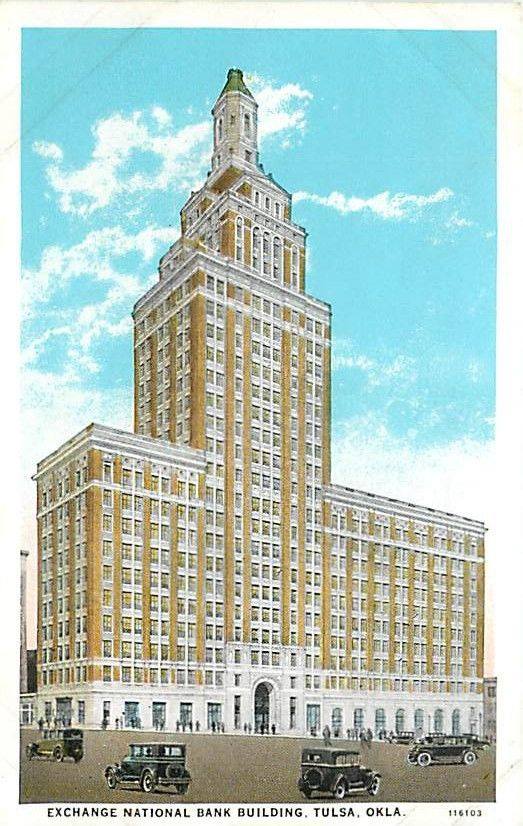
The 320 South Boston Building is one of my favorite buildings. Growing up right outside of Tulsa, I have always heard about Tulsa’s rich history and the Art Deco style that exists throughout downtown. This building specifically always seemed to stand out to me. It fits right in with the buildings of the last century but its ornamentation is unique in comparison. The designer and architect of this building, Oscar Wenderoth, was from Chicago which is where I think he got his different style. He designed the 320 South Boston Building in the Beaux-Arts architecture style which originated in Paris and was taught until the end of the 19th century. The 320 South Boston Building was completed in 1917 and expanded in 1929 so I am led to believe Wenderoth drew upon classic and beloved European architectural principles to give the building a sort of formidability, as it was the tallest building in town at the time. I love this building and I love seeing it when I walk the streets of downtown. It is just as beautiful and ornate on the inside and its grandeur almost seems to transport you to a past time.

